
The art of crafting wooden serving boards has become increasingly popular among DIY enthusiasts and home decorators. With their rustic charm and practicality, wooden serving boards are a perfect addition to any kitchen or dining area. This guide will take you through the process of creating your own wooden serving board with cutouts, offering both functional and aesthetic benefits.
Materials Needed for Your DIY Wooden Serving Board
Before you begin, gather the necessary materials. You will need:
- A wooden board (hardwoods like maple, walnut, or cherry are ideal)
- Woodworking tools (saw, drill, router)
- Sandpaper (various grits)
- Wood finish (oil or sealant)
- Templates for cutouts (optional)
- Safety gear (goggles, mask)
Choosing the right type of wood is crucial as it affects the board’s durability and appearance. Hardwoods are preferred for their strength and beautiful grain patterns.
Step-by-Step Guide to Crafting Your Board
Step 1: Design and Planning
Start by sketching your design on paper or using a digital tool. Consider the size and shape of your board, as well as the placement of any cutouts. Cutouts can serve as handles or add decorative elements to your board.
Step 2: Cutting the Board
Once your design is finalized, transfer it to the wooden board. Use a saw to cut the board to your desired shape. Ensure that your cuts are smooth and precise, as this will affect the overall look of your serving board.
Step 3: Creating Cutouts
Use a drill to create starter holes for any cutouts. Then, employ a router or jigsaw to carefully cut out the shapes. Smooth out the edges of the cutouts with sandpaper to prevent any roughness.
Step 4: Sanding the Board
Sand the entire surface of the board, starting with a coarse grit and gradually moving to a finer grit. This process will ensure a smooth finish and prepare the wood for sealing.
Step 5: Finishing Touches
Apply a food-safe wood finish to protect the board and enhance its natural beauty. Let the finish dry completely before using the board. Regular maintenance, such as oiling, will prolong the life of your serving board.
Benefits of DIY Wooden Serving Boards
Crafting your own serving board allows for complete customization. You can tailor the size, shape, and design to fit your specific needs and preferences. Additionally, handmade boards make for thoughtful and unique gifts.
Conclusion
Creating a DIY wooden serving board with cutouts is a rewarding project that combines functionality with creativity. By following this guide, you can craft a beautiful piece that enhances your culinary presentations and adds a personal touch to your home.
Crafting wooden serving boards is popular among DIY enthusiasts for its rustic charm and practicality. Choosing the right type of wood is crucial for the board’s durability and appearance. Designing and planning your serving board is the first step in the creation process. Cutouts can serve as handles or decorative elements on your board. Sanding and finishing the board ensures a smooth surface and brings out the wood’s natural beauty. 
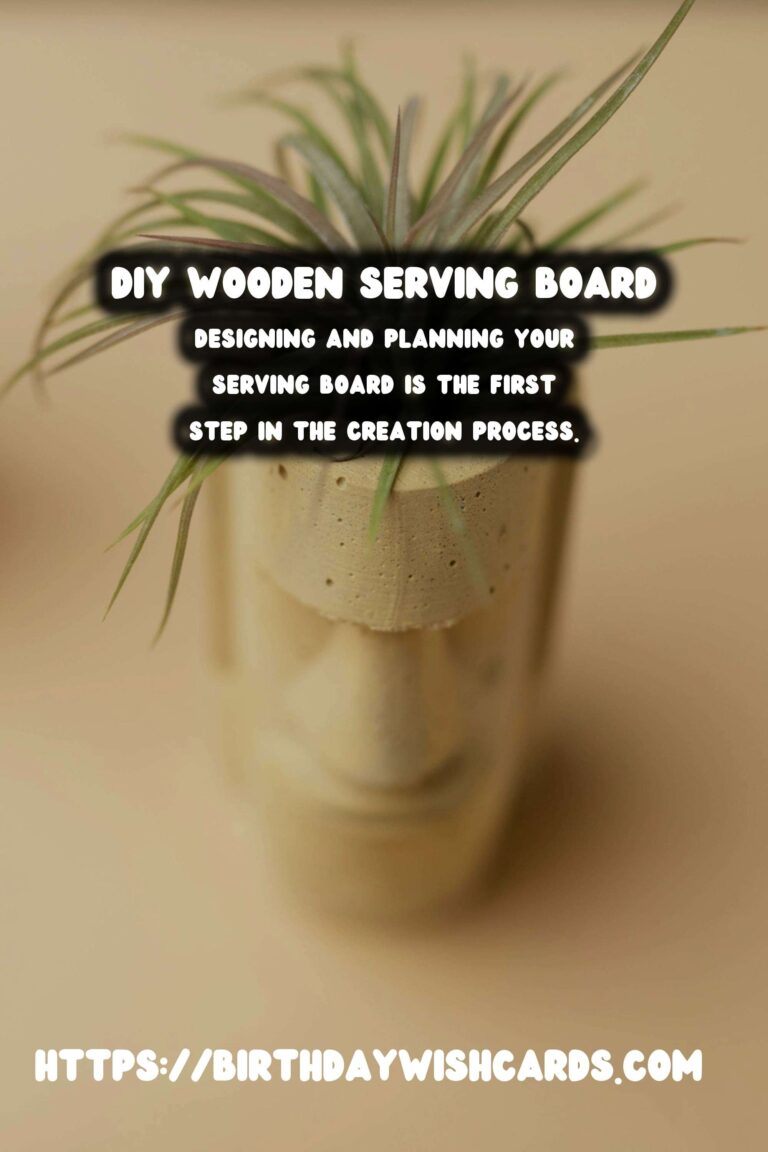
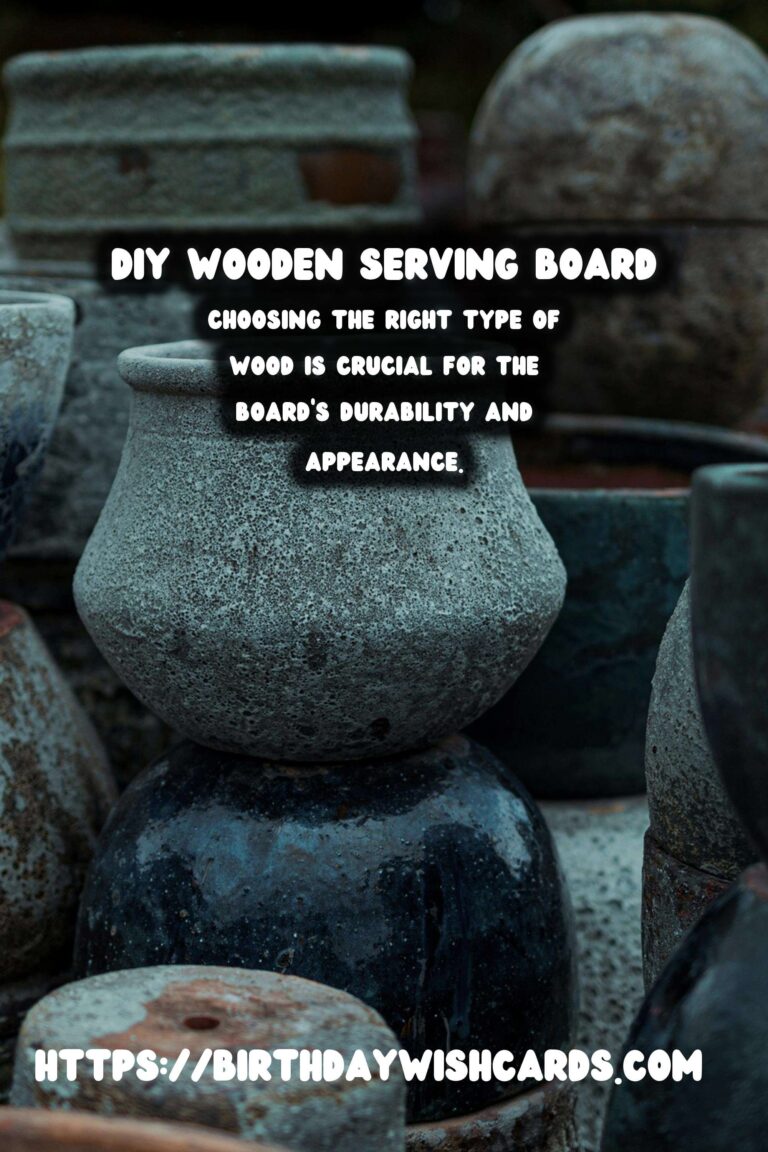
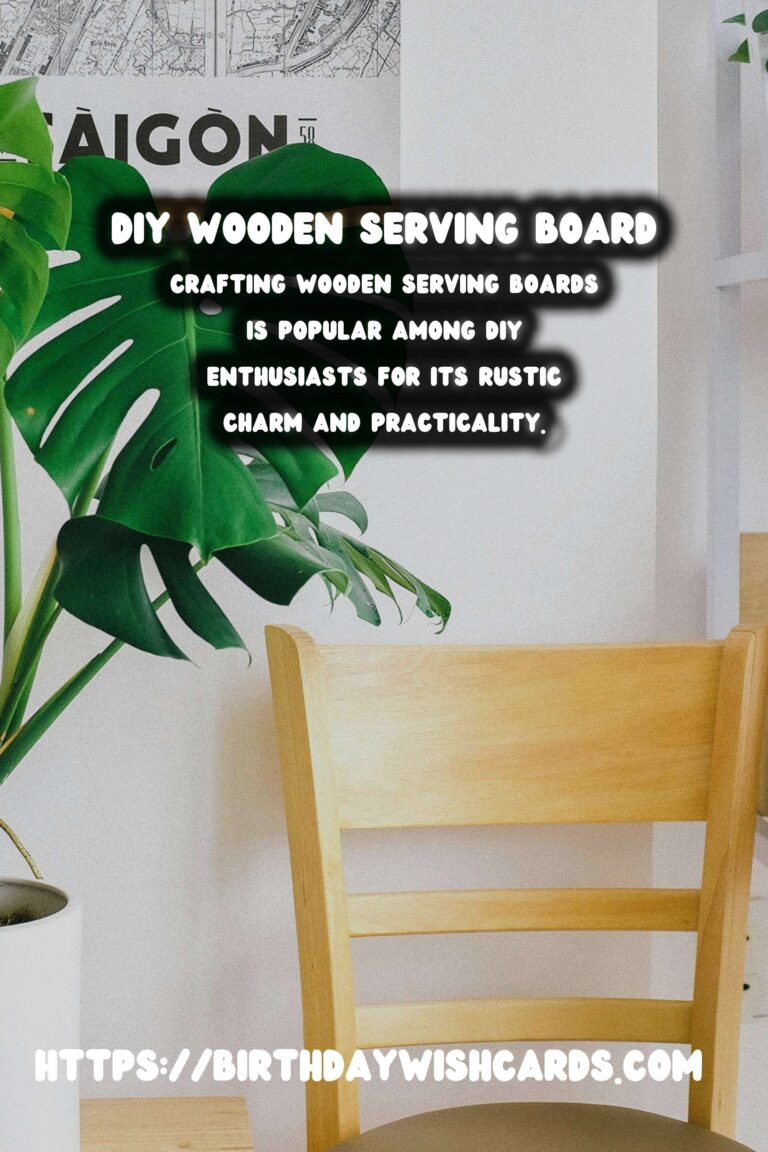
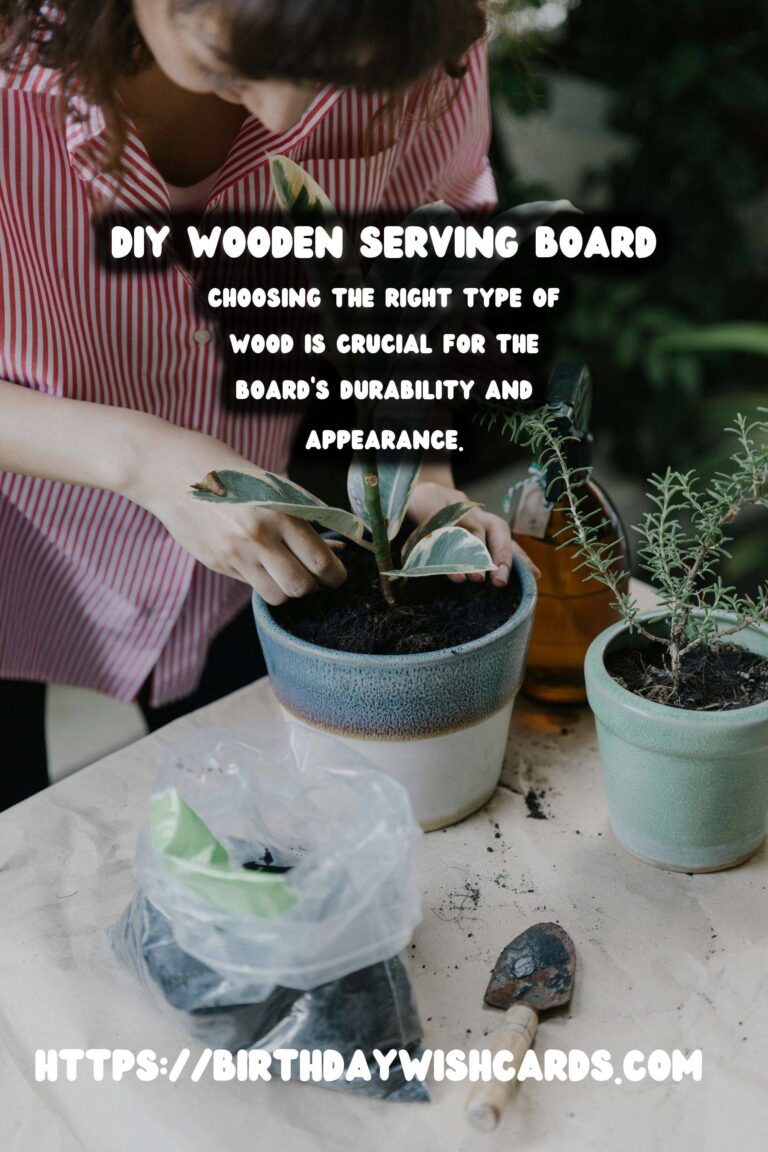
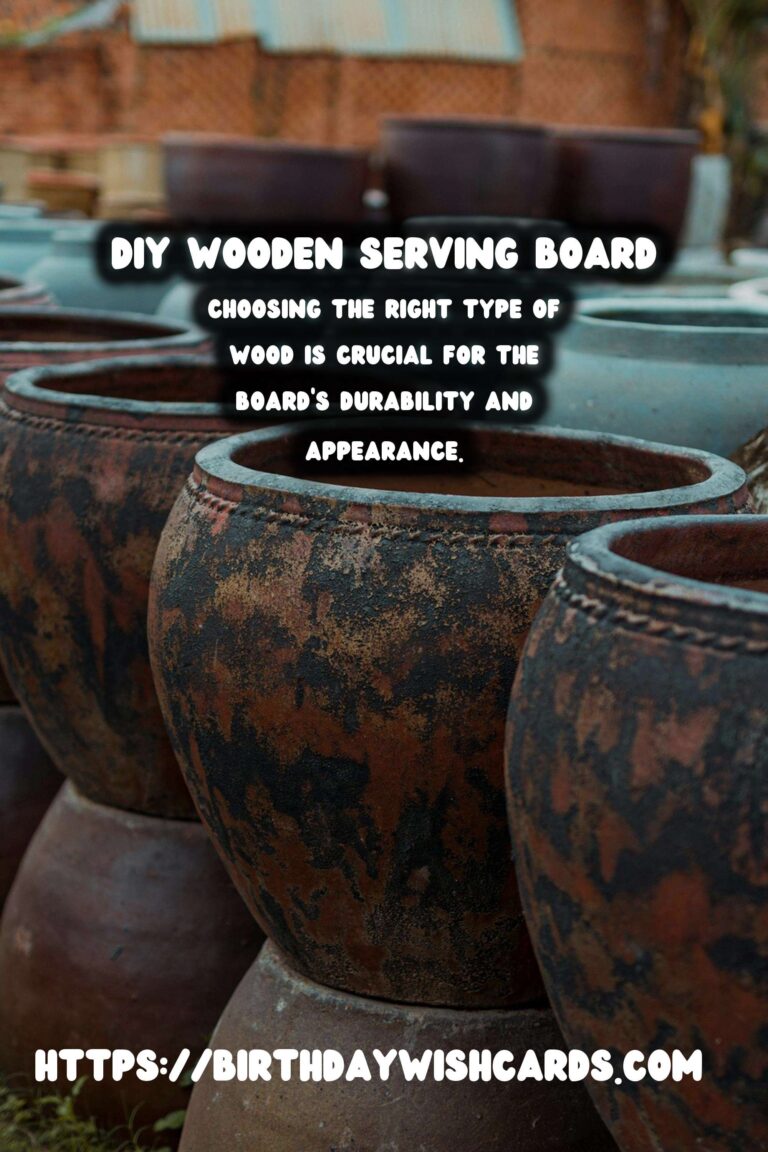
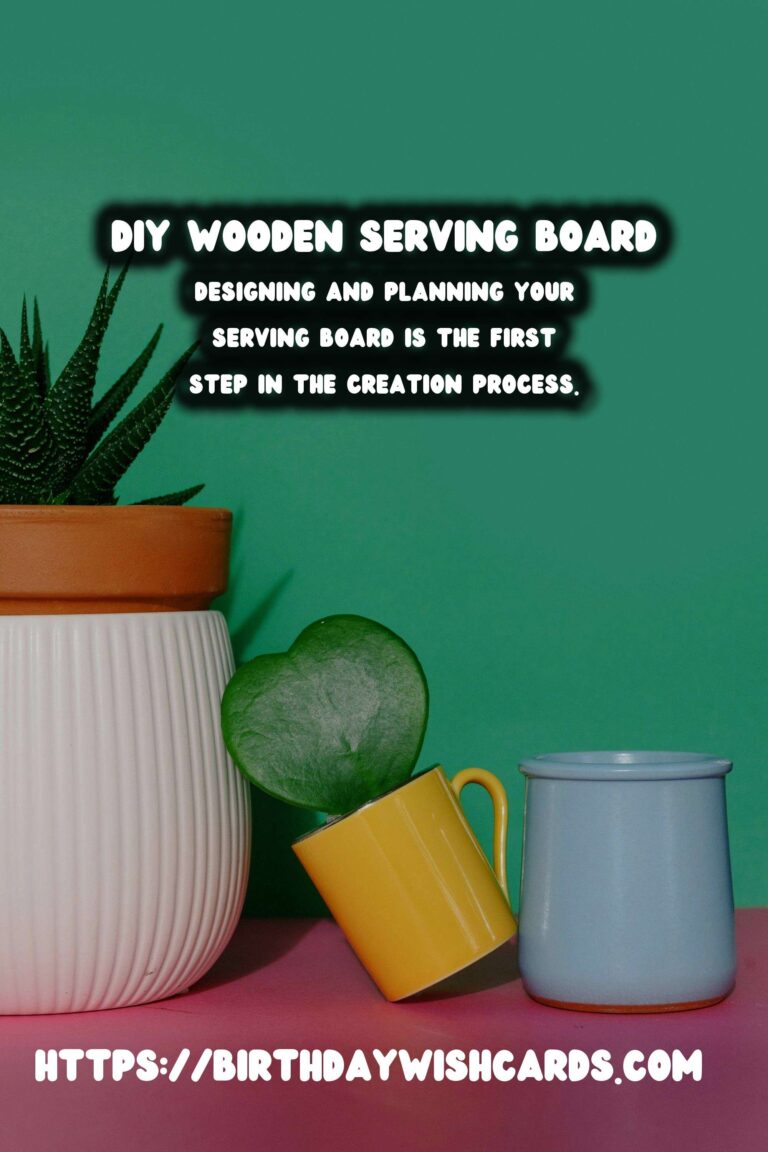
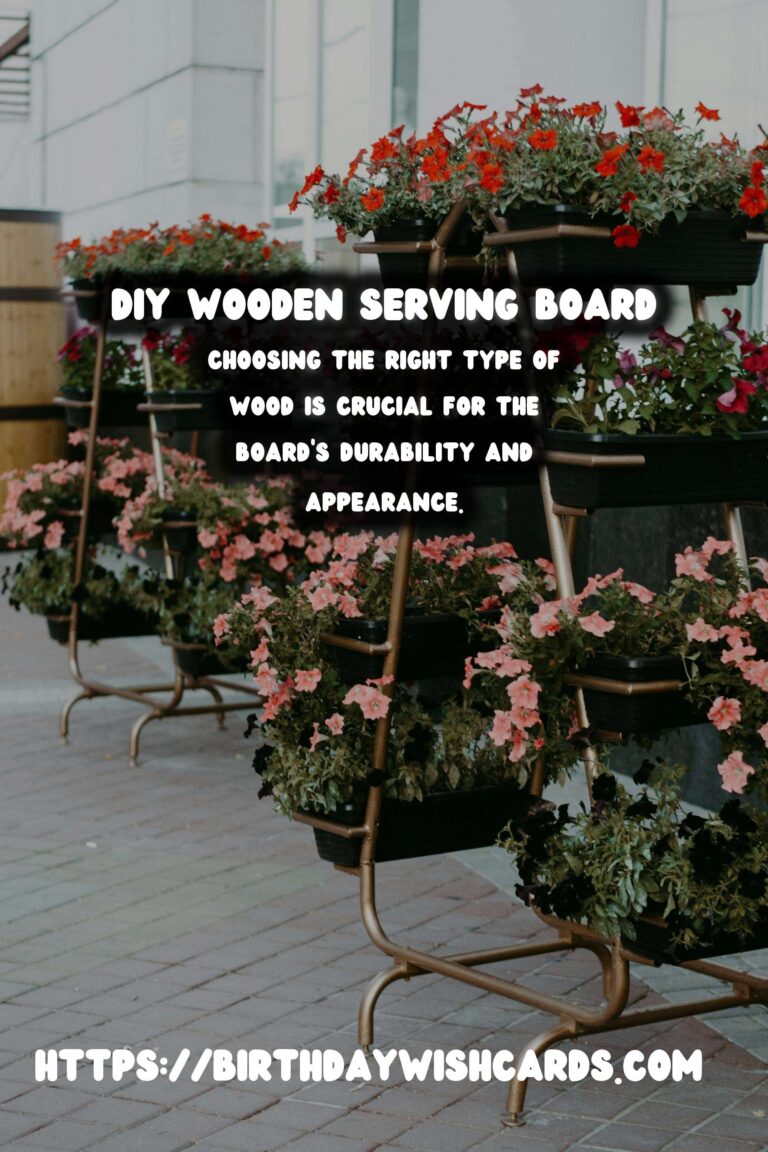
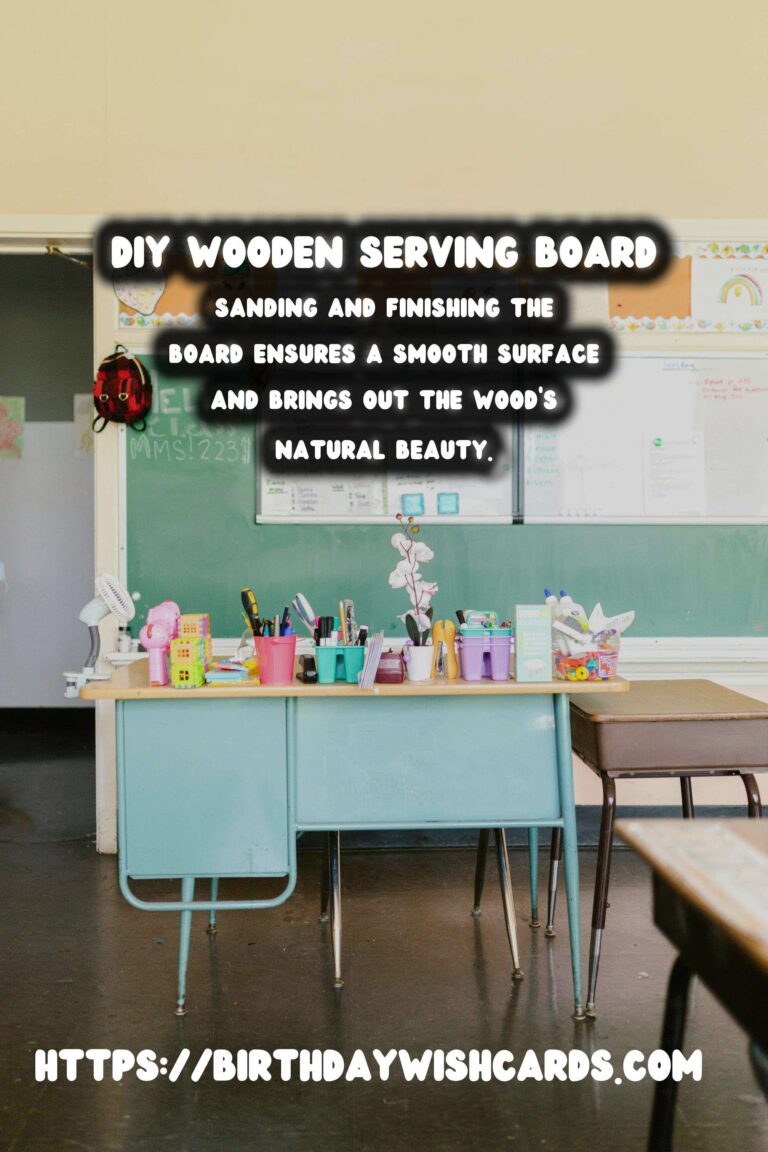
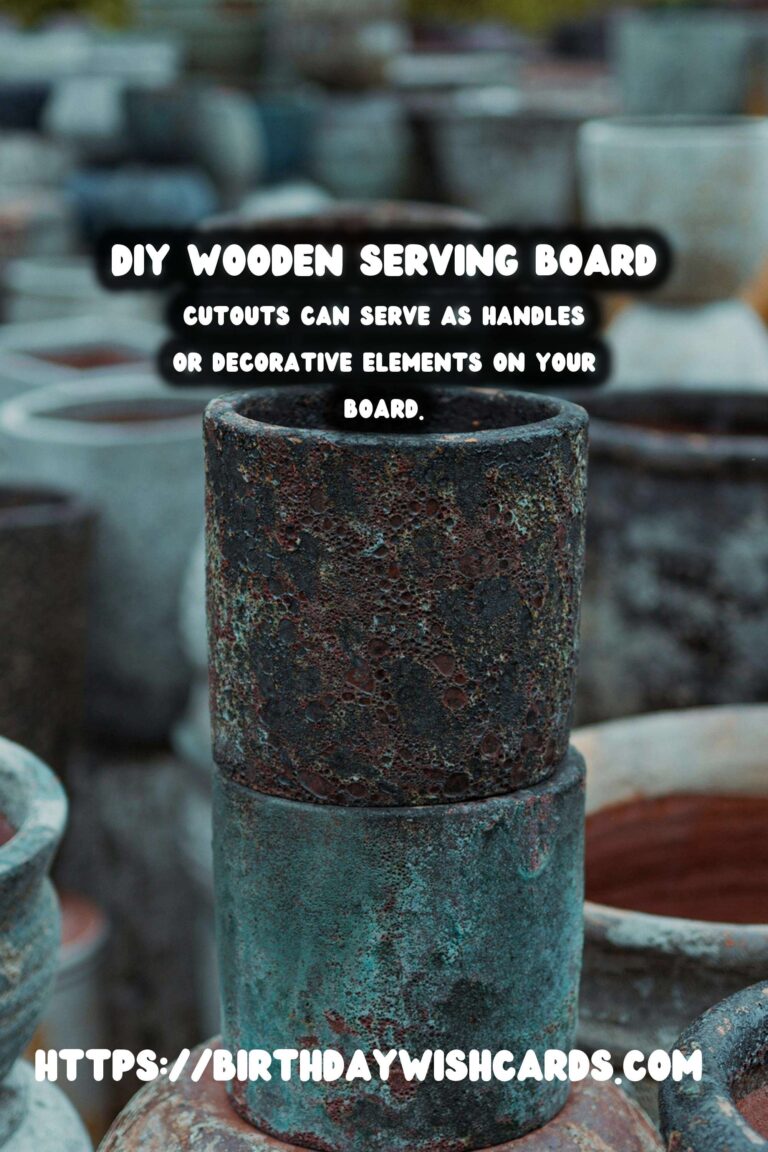
#DIY #Woodworking #ServingBoard #HomeDecor #Crafts




